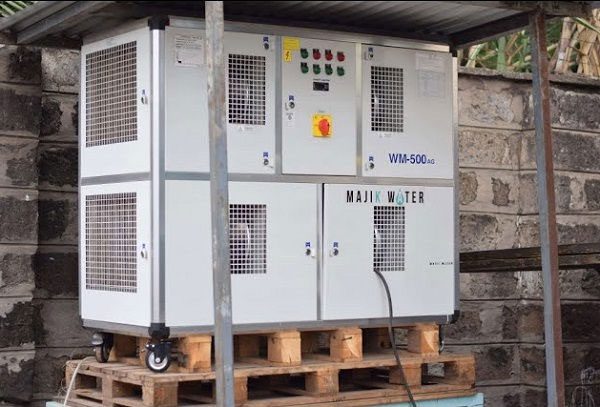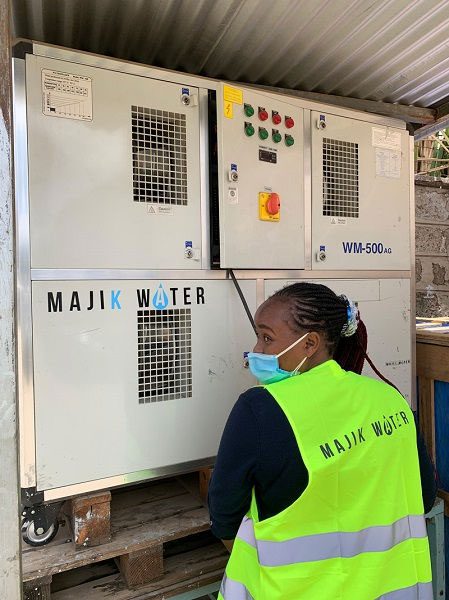Kenya is one of the most water-scarce countries in the world.
Rosario Kisui and her neighbors in the capital city of Nairobi often spend about 30 minutes collecting enough water from a nearby stream for their daily needs.
“I live here with my children. Since I moved in, there has been no water. We wonder what the purpose of the tap is? Can we remove them since they have no water? We use river water for bathing, drinking, and cooking. Sometimes our children have stomach aches. Sometimes we go to the hospital, and sometimes we don’t. We have to try to survive; there’s no other way. This is our water,” Kisui shared.
Having lived in Nairobi for three years, David Nyaga receives water only once a month. He has to collect additional water from a well on his property.
Nyaga stated: “The well water is not safe to drink, so I only use it for cleaning, washing, and other tasks. Bottled water is too expensive for me to afford.”
The United Nations Children’s Fund (UNICEF) estimates that in Kenya, 9.9 million people drink directly from contaminated sources.
Beth Koigi, the CEO of Majik Water, had to buy contaminated water while in college, which motivated her to seek solutions to the water scarcity issue.
Majik Water specializes in developing technology that creates water from air. Founded in 2017, the company began producing devices using this technology at the end of 2019.

Majik Water’s air-to-water generator – (Photo: Majik Water)
According to Koigi, the device condenses moisture from the air into water and can produce up to 500 liters of water per day. If the humidity is above 60%, it can generate up to 700 liters.
“Basically, the device consists of four main components: an air intake fan, a condensation plate, a cooling section, and a condensation coil. We also add a filtration system depending on the type of contaminants present at the installation site,” Koigi explained.
Currently, there are 20 devices in Kenya, with prices ranging from $9,000 to $12,500. One unit is installed at St. Juliet Primary School in the Kibera area of Nairobi.
Teacher Nelson Mandela Safu noted that the school previously faced sanitation issues because they could only wash the toilets once a week, and students often suffered from stomach aches due to contaminated water. However, now the school has water generated by the Majik Water device for toilet cleaning, providing clean drinking water for both students and teachers.

The device provides clean drinking water to many people – (Photo: Majik Water)
Earlier this year, the United Nations warned that approximately 13 million people in the Horn of Africa face severe hunger due to persistent drought.
The drought in Kenya, where 3.5 million people are affected by food insecurity and malnutrition, exacerbates the factors leading to hunger.
According to the United Nations Convention to Combat Desertification (UNCCD), climate change is expected to increase the risk of drought in many vulnerable areas, particularly in rapidly growing populations. An estimated 129 countries are experiencing drought.

















































